Market Trends
Key Emerging Trends in the Ghost Kitchen Market
Market share positioning strategies are crucial for success in the ghost kitchen industry, where competition is fierce and consumer demands are constantly evolving. Ghost kitchens, also known as virtual kitchens or cloud kitchens, operate solely for delivery or takeout, without any dine-in option. In this dynamic landscape, several strategies are employed by ghost kitchen operators to carve out a significant market share.
One key strategy is differentiation through cuisine specialization. Ghost kitchens can focus on specific types of cuisine, such as Mexican, Italian, or vegan options, to attract niche markets and establish themselves as experts in that particular culinary domain. By offering unique and high-quality dishes that cater to specific dietary preferences or cultural tastes, ghost kitchens can differentiate themselves from competitors and capture a loyal customer base.
Moreover, strategic partnerships with established brands or celebrity chefs can significantly enhance a ghost kitchen's market positioning. Collaborations with well-known chefs or popular food brands lend credibility and visibility to the ghost kitchen, attracting a wider audience of food enthusiasts who trust the reputation and expertise of the partner. Such partnerships can also facilitate cross-promotion and marketing efforts, leveraging the existing fan base of the partner to drive traffic and sales to the ghost kitchen.
Another effective market share positioning strategy for ghost kitchens is geographic expansion and localization. By strategically locating kitchen facilities in densely populated areas with high demand for delivery services, ghost kitchens can optimize their operational efficiency and reach a larger customer base. Additionally, adapting menus and offerings to suit local tastes and preferences can further enhance the appeal of ghost kitchens in specific regions, fostering stronger connections with local communities and increasing market penetration.
Furthermore, leveraging technology and data analytics is essential for optimizing market share positioning in the ghost kitchen industry. Utilizing advanced algorithms and machine learning algorithms, ghost kitchens can analyze customer data, ordering patterns, and market trends to tailor their offerings and marketing strategies effectively. By understanding customer preferences and behaviors, ghost kitchens can personalize recommendations, optimize menu selections, and streamline operations to maximize customer satisfaction and loyalty.
In addition to technological innovation, providing exceptional customer experiences is paramount for gaining a competitive edge in the ghost kitchen market. Efficient order processing, accurate delivery tracking, and responsive customer support are essential elements of a positive customer experience. By prioritizing convenience, reliability, and quality, ghost kitchens can build trust and loyalty among customers, ultimately driving repeat business and positive word-of-mouth referrals.
Furthermore, pricing strategies play a crucial role in market share positioning for ghost kitchens. Offering competitive prices relative to traditional dine-in restaurants and other food delivery options can attract price-sensitive consumers and capture market share. Additionally, implementing dynamic pricing algorithms that adjust prices based on demand fluctuations, time of day, or seasonal trends can help optimize revenue and profitability for ghost kitchens.
Overall, market share positioning in the ghost kitchen industry requires a multifaceted approach that combines differentiation, strategic partnerships, geographic expansion, technology integration, customer-centricity, and pricing optimization. By employing these strategies effectively, ghost kitchens can enhance their competitive advantage, strengthen their market position, and sustain long-term growth in the rapidly evolving food delivery landscape.

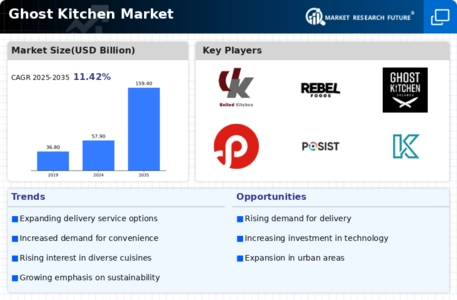
 Source: Secondary Research, Primary Research, Market Research Future Database and Analyst Review
Source: Secondary Research, Primary Research, Market Research Future Database and Analyst Review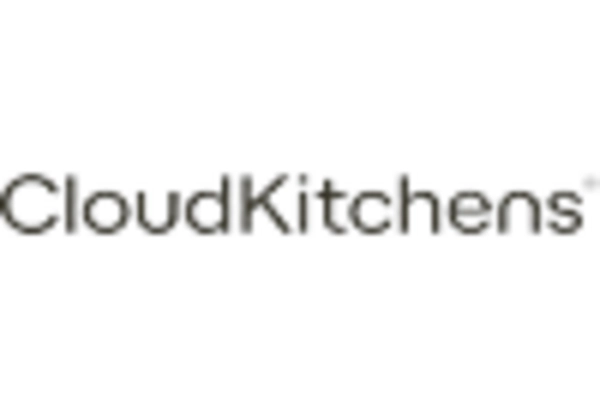
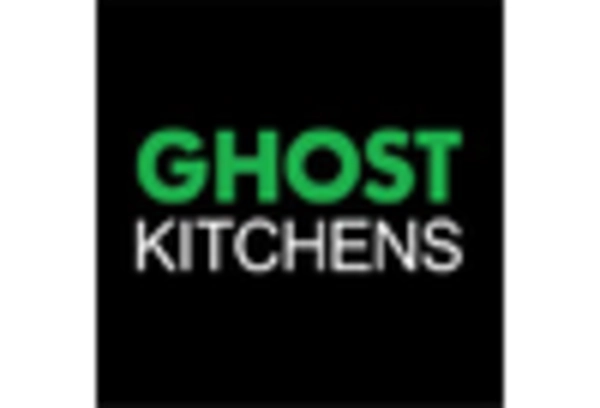

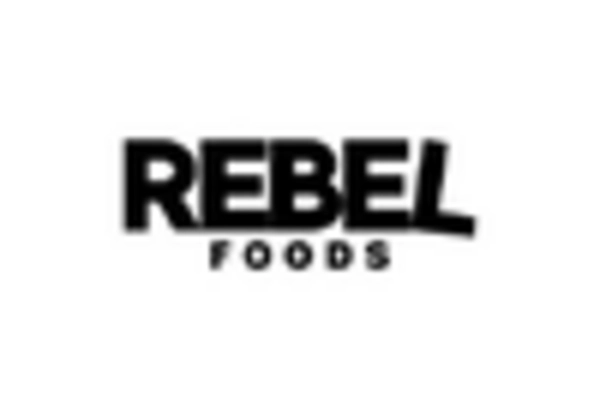

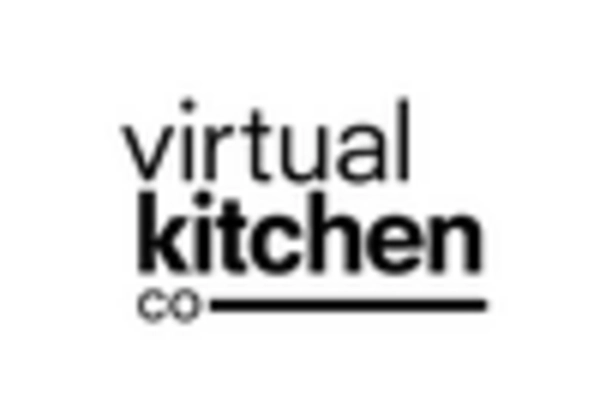

Leave a Comment